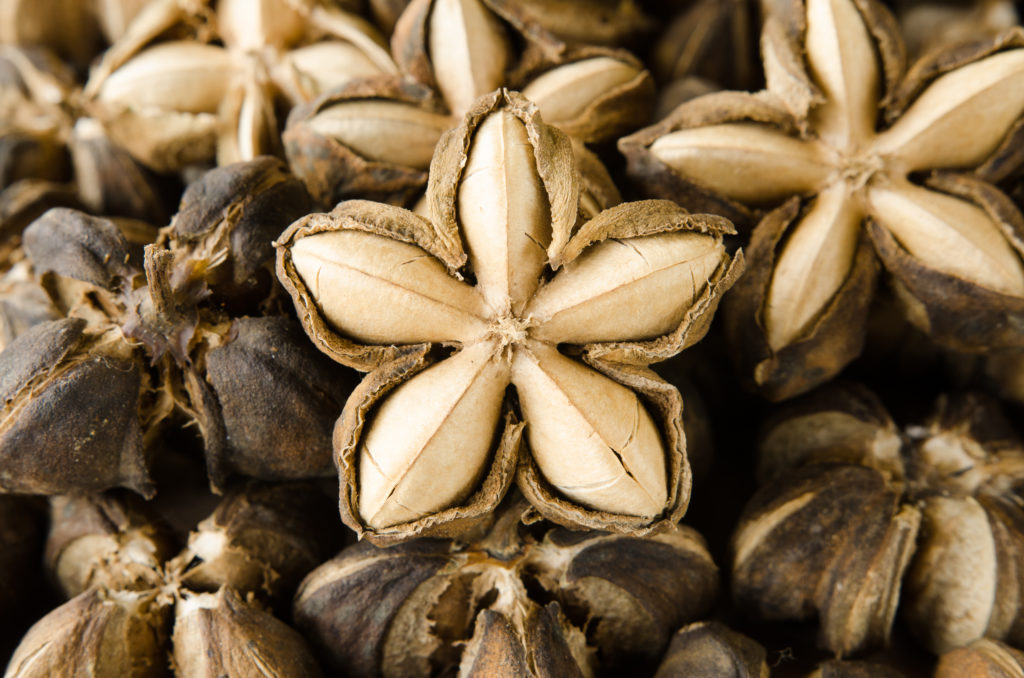
Appetizers
Here’s a taste of what’s cooking in the nutrition world:
Keeping up with the seemingly endless parade of so-called superfoods can be a challenge. These days, the big buzz surrounds sacha inchi, a plant native to much of tropical South America. The seed is nutlike when roasted. Also known as sacha peanut, mountain peanut or inca peanut, it reportedly has very high levels of otherwise elusive plant-based omega 3s, 6s and 9s, as well as high protein (1 ounce contains 9 grams, which is more protein than in a comparable serving of almonds). Look for sacha inchi seeds online or at specialty food retailers.
Even as American eaters have become more cognizant of how much sugar is hidden in processed foods and some beverages, there still seem to be blind spots. To help out, Healthy Food America has developed the Sugar Overload Calculator, a quick quiz kids (or adults) can play to guess where the sweet stuff lurks in commonly consumed foods. Just select the number of servings in a typical day for each item and estimate the total. Test your knowledge and then share it as a teaching moment with the kids in your life. As HFA says, “It’s time to bring sugar back to healthy levels.”
The next time you pick up a bunch of fresh beets, plan to eat them from “nose to tail.” Here are a few tips on how: If you buy young beets, don’t even remove the tender outer skin—that will not only save you a prep step but also give you extra fiber. If the beets are small enough, you can cook them whole and save on both prep and cleanup (there will be less of the beet juice mess that happens when slicing). Finally, chop off those beautiful beet tops and sauté, salt and pepper your way to a quick, delicious side dish of greens, or throw a handful of chopped tops into a smoothie or a salad. Beet greens are rich in vitamins A and C as well as calcium. And the beet goes on!